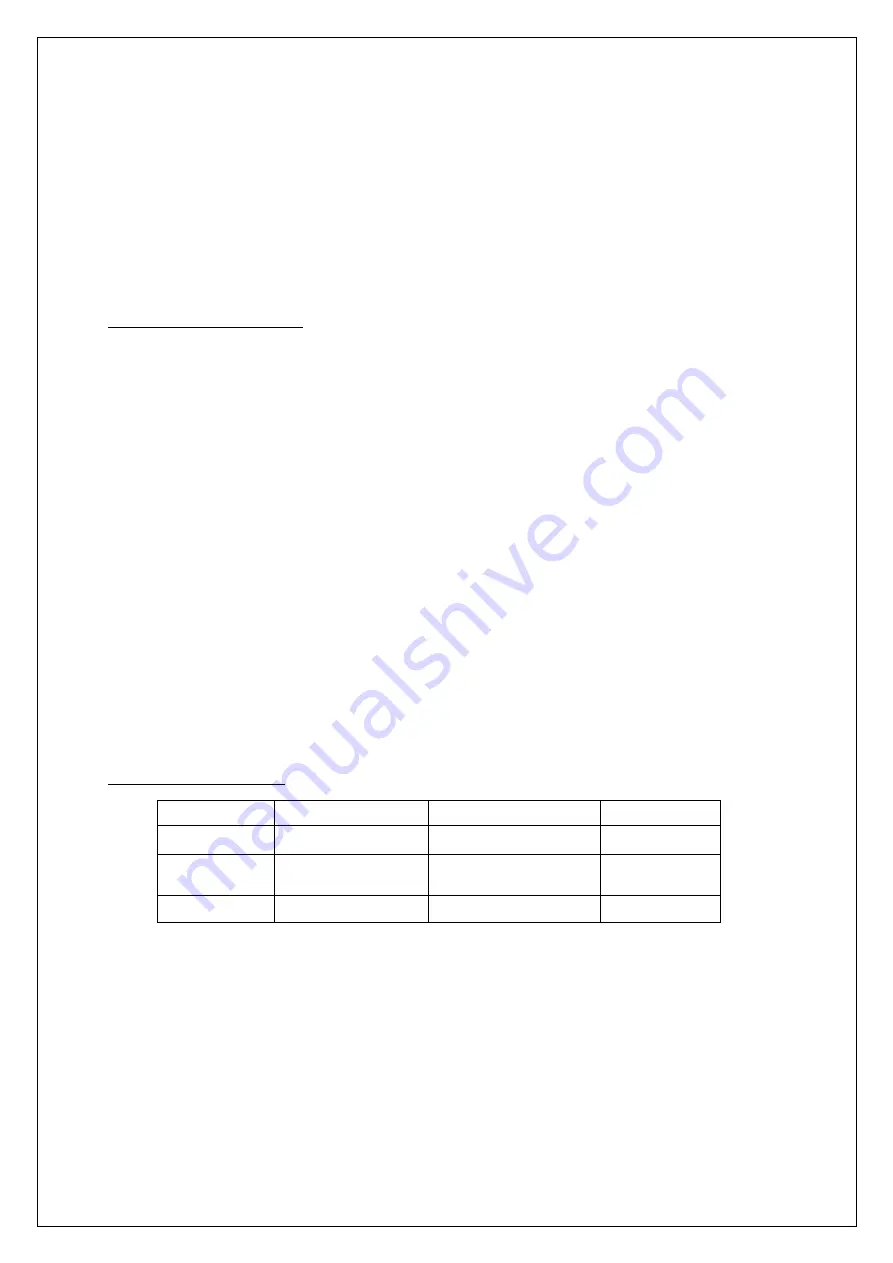
Reproduction of part or all of the contents of this document in any form is expressly prohibited other than for individual use only. All text, images and labels are property of Nimax Gmbh.
The Omegon® Pro Cameras veLOX, veTEC, GUIDE
Congratulations to your new Omegon® Pro Camera. This camera is designed for astrophotography in conjunction with a
telescope and GoTo- or tracking mount. It is very different from common cameras you might be familiar with (for example
the camera in your smartphone).
Differences to traditional cameras:
No lense
A common camera usually consists of a lens and a sensor. The lens is necessary to project an image onto the sensor. Astro
cameras do not have a lens. Instead, they need to be connected to a telescope. You can think of the telescope as your
camera’s lens.
Not stand-alone
Your phone’s camera or a DSLR camera can be used without any additional device. They have buttons or a touchscreen to
make an exposure and to control all the cameras parameters. They also have some internal memory or card to store all the
images. Astro cameras need to be controlled by a separate device (usually by a PC). The software Omegon
AstroPhotoCapture was designed to operate your Omgeon Pro camera and save your exposures on your computer’s hard
drive. In addition, the cameras can be controlled by other common astrophotography software.
No snapshots
Common cameras can show you a finished image usually right after taking it. Capture and processing of the image is done
automatically in a blink of an eye by your phone or DSLR camera. Unfortunately, that isn’t possible in astrophotography.
The capture and processing are two separate steps that both must be done manually by yourself. Depending on your
equipment or target, different techniques are necessary to produce a final image. Capturing can take hours or even several
nights to complete. Processing your exposures into a final image often takes longer than capturing them. In other words,
“snapping” an image is impossible in astrophotography.
What your camera is suited for:
GUIDE
veLOX
veTEC
Deep Sky
ok
ok
very good
Planetary
(incl. Moon, Sun)
ok
very good
very good
Autoguiding
very good
very good
not suited
The small and compact GUIDE and veLOX cameras are perfectly suited for autguiding. Their ST4 port offers a
convenient way to transfer guiding commands to your mount.
Planetary astrophotography requires high framerates. It is recommended to use the veLOX or veTEC cameras
with their USB3 port.
Deep-Sky astrophotography works best with large and cooled sensors. The veTEC cameras fit those
requirements.






























